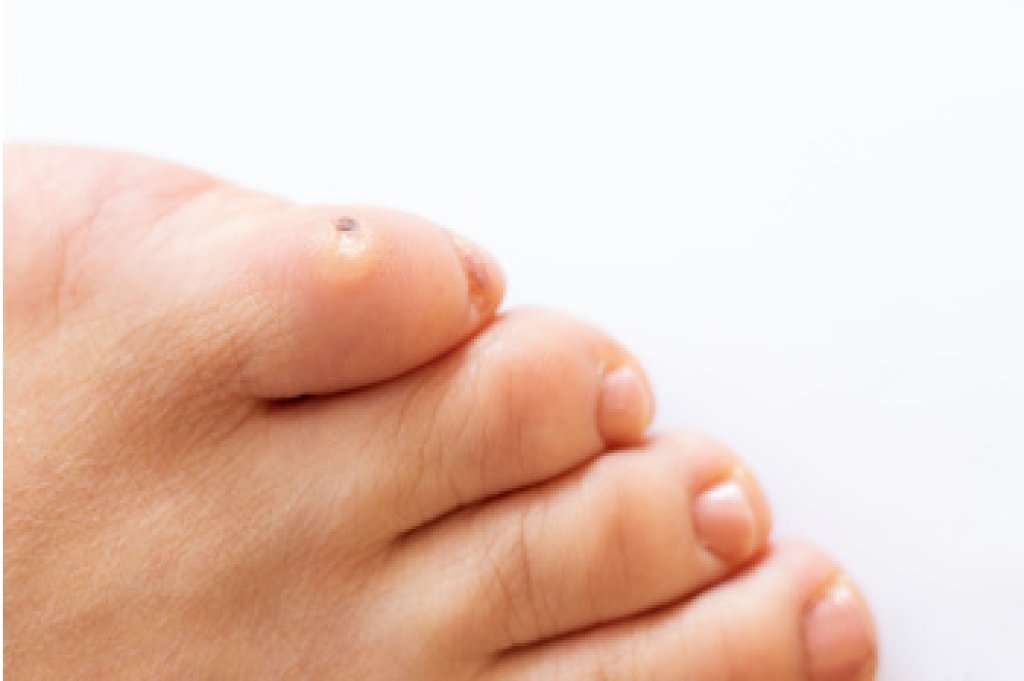
Limb salvage refers to advanced medical treatments designed to prevent limb loss in patients with severe diabetic foot ulcers. These ulcers develop from poor circulation, nerve damage, and slow healing associated with diabetes. The goal of limb salvage is to remove infected or dead tissue, restore blood flow, and promote healing to preserve the affected limb. A podiatrist plays a vital role by managing wound care, controlling infection, and coordinating specialized treatments such as vascular therapy or offloading techniques. Early intervention greatly improves outcomes and helps patients maintain mobility and quality of life. For expert diabetic foot care and limb preservation, it is suggested that you are under the care of a podiatrist who can discuss the benefits of this type of surgery.
Diabetic Limb Salvage
Diabetic limb salvage can be an effective way in preventing the need for limb amputation. If you have a foot ulcer and diabetes, consult with Scott Samera, DPM from Samera / Foot + Ankle. Our doctor will assess your condition and provide you with quality foot and ankle treatment.
What Is Diabetic Limb Salvage?
Diabetic limb salvage is the attempt of saving a limb, such as the foot, that has an infected ulcer, from amputation. Podiatrists also try to make sure that there is enough function in the foot after the salvage that it is still usable. Those with diabetes experience poor blood circulation, which prevents proper healing of an ulcer. If the ulcer is left uncheck, it could become infected, which could result in the need for amputation.
Diabetes is the number one cause of non-traumatic amputations in the United States. Amputation has been found to lead to higher mortality rates. This translates into higher healthcare costs, and a reduced quality of life and mobility for amputees. Podiatrists have attempted to increase the prevalence of limb salvage in an attempt to solve these issues.
Diagnosis and Treatment
Limb salvage teams have grown in recent years that utilize a number of different treatments to save the infected limb. This includes podiatrists that specialize in wound care, rehabilitation, orthotics, and surgery. Through a combination of these methods, limb salvage has been found to be an effective treatment for infected limbs, and as an alternative to amputation. Podiatrists will first evaluate the potential for limb salvage and determine if the limb can be saved or must be amputated.
If you have any questions, please feel free to contact our office located in Lake City and Branford, FL . We offer the newest diagnostic and treatment technologies for all your foot care needs.








